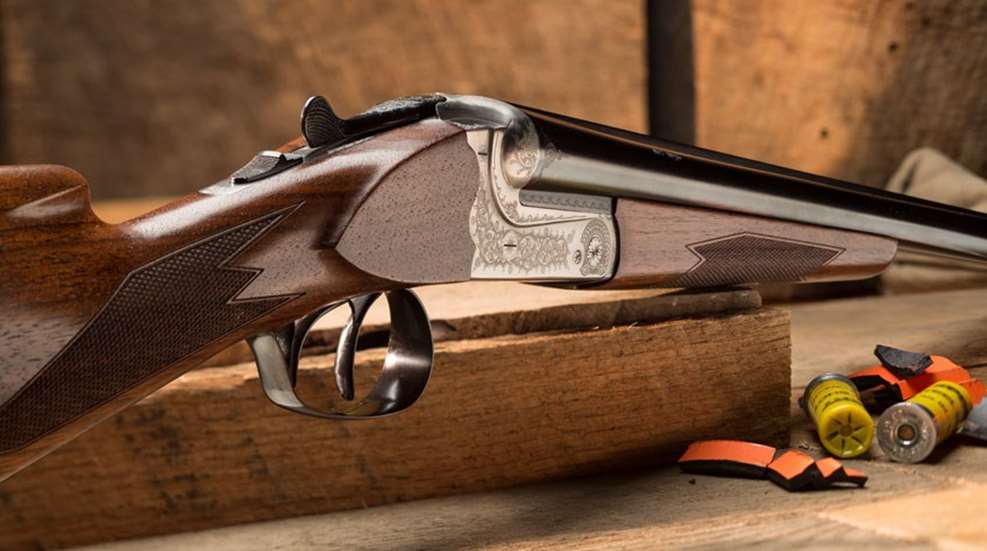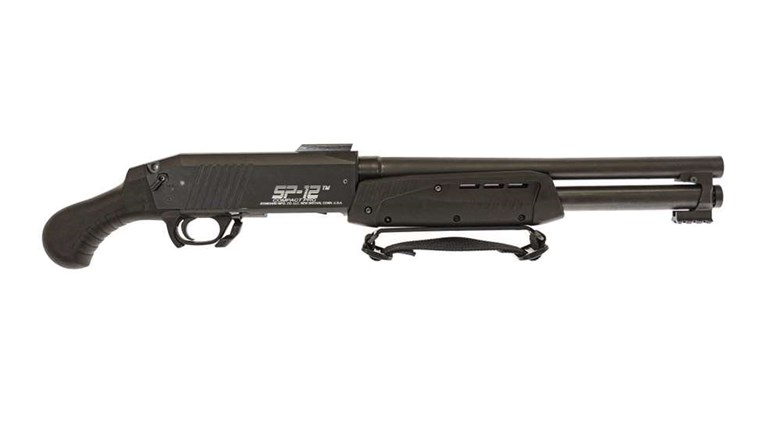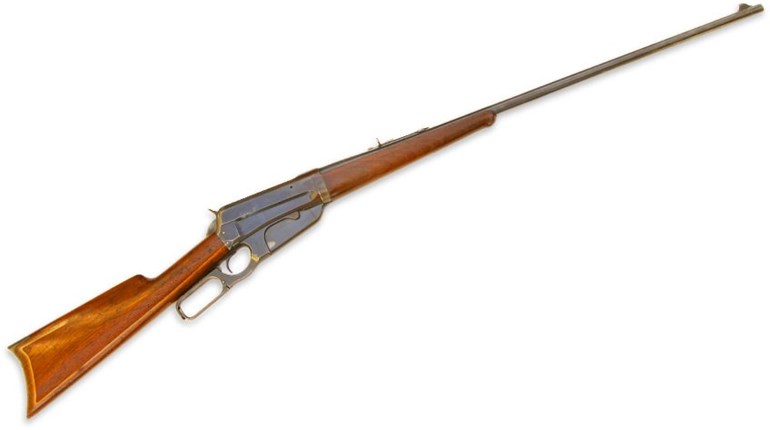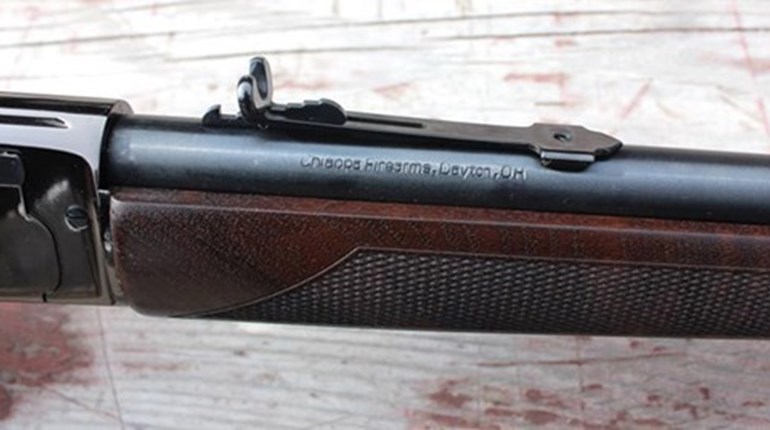** When you buy products through the links on our site, we may earn a commission that supports NRA's mission to protect, preserve and defend the Second Amendment. **

Break-Action Triggers
There are two types of break-action fire-control systems. The first is "mechanical." In this type of trigger system, the sear or sear-selector mechanically switches to the second barrel after the first barrel is fired. If the first barrel fails to fire, the sear or sear selector will still switch to the second barrel. Mechanical systems are reliable but more expensive, and for this reason are found on many modern, high-grade double-barrel guns. The second type of break-action fire-control system is "inertial." This type of trigger system depends on the inertia from recoil forces to reset the sear for the second barrel. Should the first barrel fail to fire or the shooter hold the gun too loosely, the sear or sear selector may fail to reset the second barrel. Inertia systems are very popular, and may be found on many double-barrel guns.
Double-Barrel Triggers
A primary function of any trigger system on a double-barrel gun is to prevent doubling (which is both barrels firing at once). Mechanical trigger systems do this by mechanically resetting the sear while inertia systems use recoil forces to reset the sear.
Nearly all trigger systems on double-barrel guns have internal or external hammers. Very few have strikers.
Double-barrel break-action guns will have either a single trigger or double triggers. Double-trigger systems are an older design and more traditional. They are also relatively simple and cheaper to manufacture. In the past, double-trigger systems were felt to be more reliable, however, this is not true today. As a result, most modern shooters prefer single-trigger systems and double-triggers are much less popular except for double-barrel side-by-side rifles for dangerous game, in which the utmost reliability is required.
In a double-trigger system, each barrel is controlled by a dedicated trigger that cannot be switched. The shooter can easily change the sequence in which the triggers are pulled.
Single-trigger systems may be one of two types: non-selective or selective.
In a non-selective single-trigger system, the firing sequence of the barrels is fixed and cannot easily be changed. Generally, such systems are set to fire the lower barrel first in over/unders. This system is sometimes used on less expensive models with fixed chokes that are designed for one specific purpose, i.e., to shoot driven game.
In a selective single-trigger system, it fires each barrel in a selectable sequence with a separate pull of the trigger. In other words, pulling the trigger twice will fire each barrel in turn and the sequence can be changed quickly and easily by means of a button or switch on the tang. A single-selective trigger is by far the most popular and flexible type of trigger in use today on modern double-barrel shotguns. When a single-selective trigger is combined with interchangeable choke tubes, a gun so equipped becomes very flexible indeed.
There are two types of break-action fire-control systems. The first is "mechanical." In this type of trigger system, the sear or sear-selector mechanically switches to the second barrel after the first barrel is fired. If the first barrel fails to fire, the sear or sear selector will still switch to the second barrel. Mechanical systems are reliable but more expensive, and for this reason are found on many modern, high-grade double-barrel guns. The second type of break-action fire-control system is "inertial." This type of trigger system depends on the inertia from recoil forces to reset the sear for the second barrel. Should the first barrel fail to fire or the shooter hold the gun too loosely, the sear or sear selector may fail to reset the second barrel. Inertia systems are very popular, and may be found on many double-barrel guns.
Double-Barrel Triggers
A primary function of any trigger system on a double-barrel gun is to prevent doubling (which is both barrels firing at once). Mechanical trigger systems do this by mechanically resetting the sear while inertia systems use recoil forces to reset the sear.
Nearly all trigger systems on double-barrel guns have internal or external hammers. Very few have strikers.
Double-barrel break-action guns will have either a single trigger or double triggers. Double-trigger systems are an older design and more traditional. They are also relatively simple and cheaper to manufacture. In the past, double-trigger systems were felt to be more reliable, however, this is not true today. As a result, most modern shooters prefer single-trigger systems and double-triggers are much less popular except for double-barrel side-by-side rifles for dangerous game, in which the utmost reliability is required.
In a double-trigger system, each barrel is controlled by a dedicated trigger that cannot be switched. The shooter can easily change the sequence in which the triggers are pulled.
Single-trigger systems may be one of two types: non-selective or selective.
In a non-selective single-trigger system, the firing sequence of the barrels is fixed and cannot easily be changed. Generally, such systems are set to fire the lower barrel first in over/unders. This system is sometimes used on less expensive models with fixed chokes that are designed for one specific purpose, i.e., to shoot driven game.
In a selective single-trigger system, it fires each barrel in a selectable sequence with a separate pull of the trigger. In other words, pulling the trigger twice will fire each barrel in turn and the sequence can be changed quickly and easily by means of a button or switch on the tang. A single-selective trigger is by far the most popular and flexible type of trigger in use today on modern double-barrel shotguns. When a single-selective trigger is combined with interchangeable choke tubes, a gun so equipped becomes very flexible indeed.






































